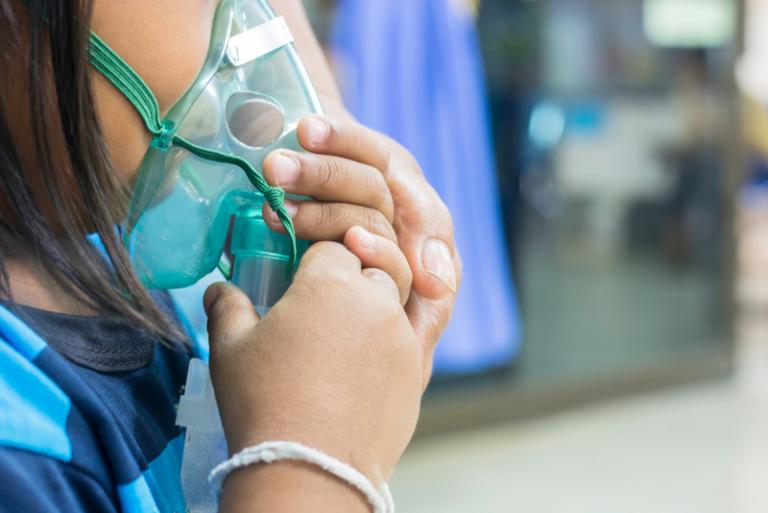Bronchiolitis/Bronchitis
What is Acute Bronchiolitis/Bronchitis?

What Causes Acute Bronchiolitis/Bronchitis?
Acute bronchiolitis or bronchitis is commonly caused by viruses ( for e.g. respiratory syncytial virus or RSV, rhinovirus, coronavirus, adenovirus, influenza, parainfluenza, human metapneumovirus etc.). It starts off like a common cold/cough before progressing downwards into the lower airways.
It can also be caused by bacteria such as Mycoplasma, which would require antibiotic therapy. Prolonged episodes of bronchiolitis/bronchitis can also be complicated by secondary bacterial infection (e.g. Staphylococcus/Streptococcus) which would require antibiotic therapy. Pollutants (e.g. second hand smoke or haze) can worsen bronchiolitis/bronchitis and must be avoided.
Does My Child have Bronchiolitis/Bronchitis?
- Phlegmy or chesty cough that worsens over time
- Shortness of breath
- Wheezing
In the event your child experiences any of the following signs and symptoms, seek immediate medical attention:
- Persistent or worsening deep chesty/phlegmy cough, with nasal congestion
- Shortness of breath e.g. rapid breathing, using neck/abdominal muscles to breathe, indrawing of rib muscles when breathing, nasal flaring
- Audible wheezing
- Severe vomiting induced by bad cough
- High fever
- Poor feeding
- Lethargy
What are the Treatment Options for a Child with Bronchiolitis/Bronchitis?
Your paediatrician will personalise the treatment according to the severity and the cause of the bronchiolitis/bronchitis (most likely cause is usually germs).
There is often a need for nebulisation [using bronchodilators, such as Ventolin (Salbutamol) and Atrovent (Ipratropium), with added anti-inflammatory component such as Pulmicort (Budesonide)], to help open up the airways and loosen the phlegm.
Inhaled Ventolin puffs via the space chamber can also be used, depending on the paediatrician’s experience/preference, the child’s ability to cooperate and the child’s response to puffs (compared to nebulisation).
Other parts of the treatment may include antibiotics (e.g. Macrolides such as Clarithromycin/Azithromycin to treat Mycoplasma infection, or Penicillins such as Augmentin to treat secondary bacterial infection), oral steroids (especially in severe cases) and airway stabilisers (e.g. Ketotifen or Montelukast/Singulair). Symptomatic relief of nasal congestion and cough/phlegm may also be needed, including nasal suctioning/washes and symptomatic medications.
How do I Care for a Child with Bronchiolitis/Bronchitis?
During this period, ensure your child has plenty of rest and drinks enough fluids to keep well hydrated, so that the phlegm and mucus will not be too thick and prevent them from further plugging up the airways.
Keep your home clear of smoke or other pollutants.
Please bring your child back for the follow-up reviews with the paediatrician to ensure that your child’s respiratory status has improved. Hospitalisations may be needed for severe cases or those not responding to treatment.
For those with recurrent bronchiolitis/bronchitis or recurrent wheeze, especially when there is a family history of asthma/bronchitis, there may be a component of hyper-reactive airways and this group of children may require a longer period airway stabilisers (e.g. Ketotifen or Montelukast/Singulair) or inhaled corticosteroids (e.g. Flixotide) to calm the airways down and reduce the risk of recurrent wheezing and development of longer-term asthma.
Read more: Managing Your Baby’s Needs (0-6 months)

